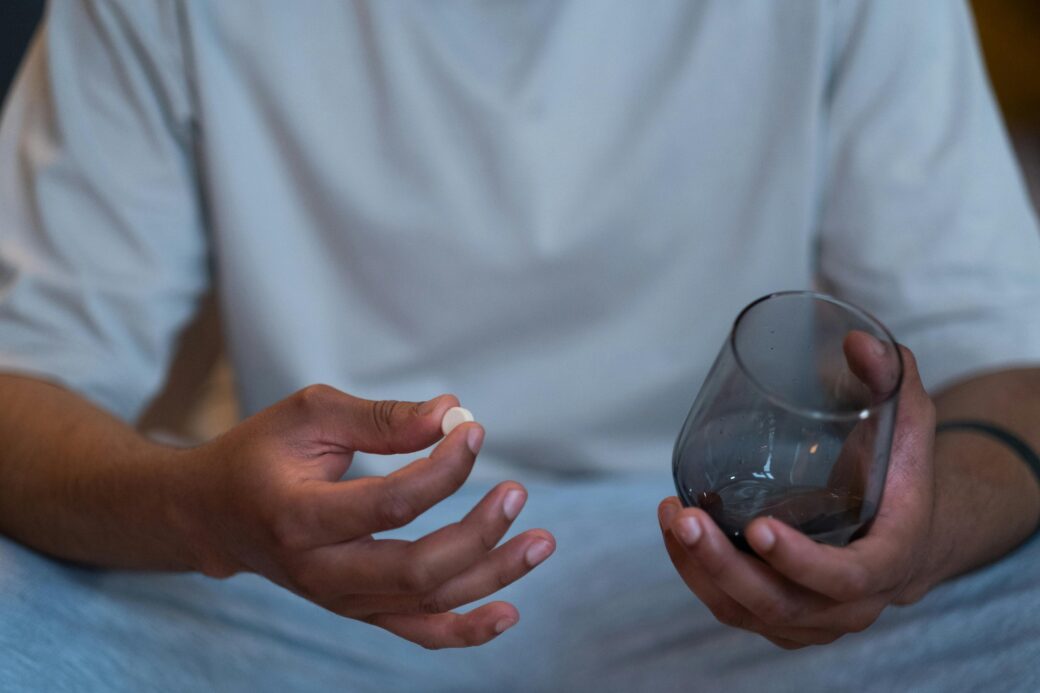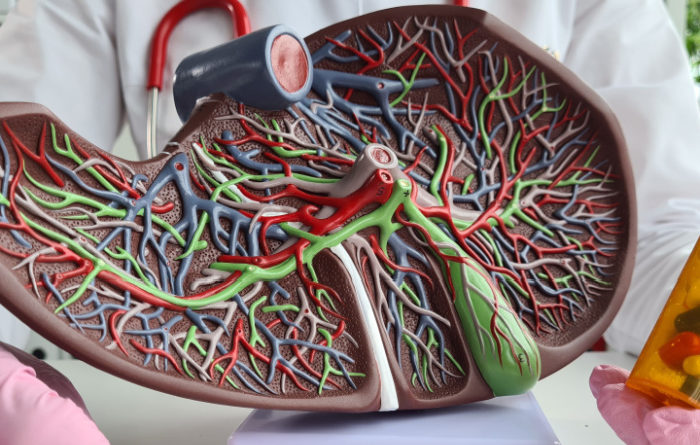
Treating your lumbar spine at home involves a combination of self-care measures, lifestyle adjustments, and home remedies to alleviate pain, improve flexibility, and promote overall spine health.
Here are some effective ways to treat your lumbar spine at home…
Rest and Activity Modification
- Short-Term Rest – Take short periods of rest to allow the muscles and tissues in your lumbar spine to recover. Avoid prolonged bed rest, as it can lead to stiffness and weakness.
- Modify Activities – Avoid activities that exacerbate your pain, such as heavy lifting, twisting motions, or prolonged sitting or standing. Gradually resume normal activities as your pain improves, but pace yourself and listen to your body.
Hot and Cold Therapy
- Cold Therapy – Apply ice packs or cold compresses to the affected area for the first 24-48 hours to reduce inflammation and numb pain. Apply for 15-20 minutes at a time, several times a day.
- Heat Therapy – After the initial acute phase, switch to heat therapy using heating pads, warm towels, or hot baths/showers to relax muscles, improve blood flow, and relieve stiffness. Apply heat for 15-20 minutes at a time, as needed.
Over-the-Counter Pain Relief
- Take over-the-counter pain relievers such as nonsteroidal anti-inflammatory drugs (NSAIDs) like ibuprofen (Advil, Motrin) or acetaminophen (Tylenol) to alleviate pain and reduce inflammation. Follow the recommended dosage instructions and consult with a healthcare professional if you have any concerns or existing health conditions.
Gentle Exercise
- Engage in low-impact exercises and stretches to strengthen the muscles surrounding the lumbar spine, improve flexibility, and alleviate pain. Examples include:
- Pelvic tilts
- Knee-to-chest stretches
- Cat-Cow stretches
- Bridge exercises
- Walking or swimming
- Gentle yoga or Pilates
Maintain Good Posture
- Practice good posture habits while sitting, standing, and walking to reduce strain on your lumbar spine. Use ergonomic chairs and support cushions to maintain proper spinal alignment, and avoid slouching or hunching over.
Ergonomic Adjustments
- Ensure your workstation and home environment are ergonomically designed to support spine health. Adjust the height of your chair, desk, and computer monitor to maintain neutral spine alignment, and use proper lifting techniques to avoid injury.
Stress Management
- Practice stress-reduction techniques such as deep breathing, meditation, or progressive muscle relaxation to alleviate muscle tension and promote relaxation, which can help reduce lumbar spine pain.
Maintain a Healthy Lifestyle
- Eat a balanced diet rich in fruits, vegetables, whole grains, and lean proteins to support overall spine health and maintain a healthy weight.
- Stay hydrated by drinking plenty of water throughout the day to keep your spinal discs hydrated and maintain spinal flexibility.
Get Adequate Sleep
- Ensure you’re getting enough sleep each night, as adequate rest is essential for tissue repair and overall spine health. Use supportive pillows and mattresses to maintain proper spinal alignment while sleeping.
Monitor Your Symptoms
- Pay attention to your symptoms and track any changes or improvements in your lumbar spine pain. If your symptoms persist or worsen despite home treatment, seek medical evaluation from a healthcare professional.
Conclusion
Treating your lumbar spine at home involves a combination of self-care measures, lifestyle adjustments, and home remedies to alleviate pain, improve flexibility, and promote overall spine health. Listen to your body, pace yourself, and consult with a healthcare professional if you have any concerns or persistent symptoms.
Related Posts
What Position Puts Most Pressure On Lumbar Spine?
On
January 6, 2025
What Puts Most Strain On Lumbar?
On
June 1, 2024
Can Too Much Lumbar Support Hurt Your Back?
On
October 29, 2024
Can Liver Problems Cause Lower Back Pain?
On
July 20, 2022



